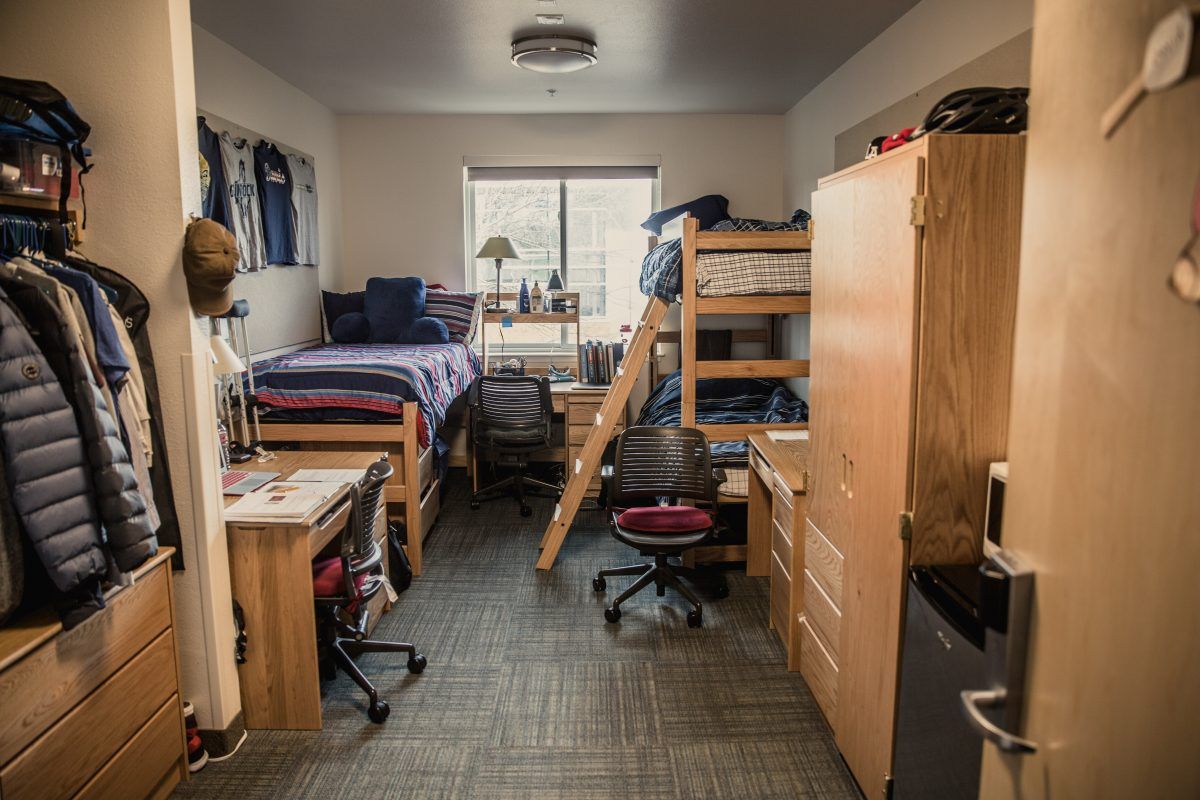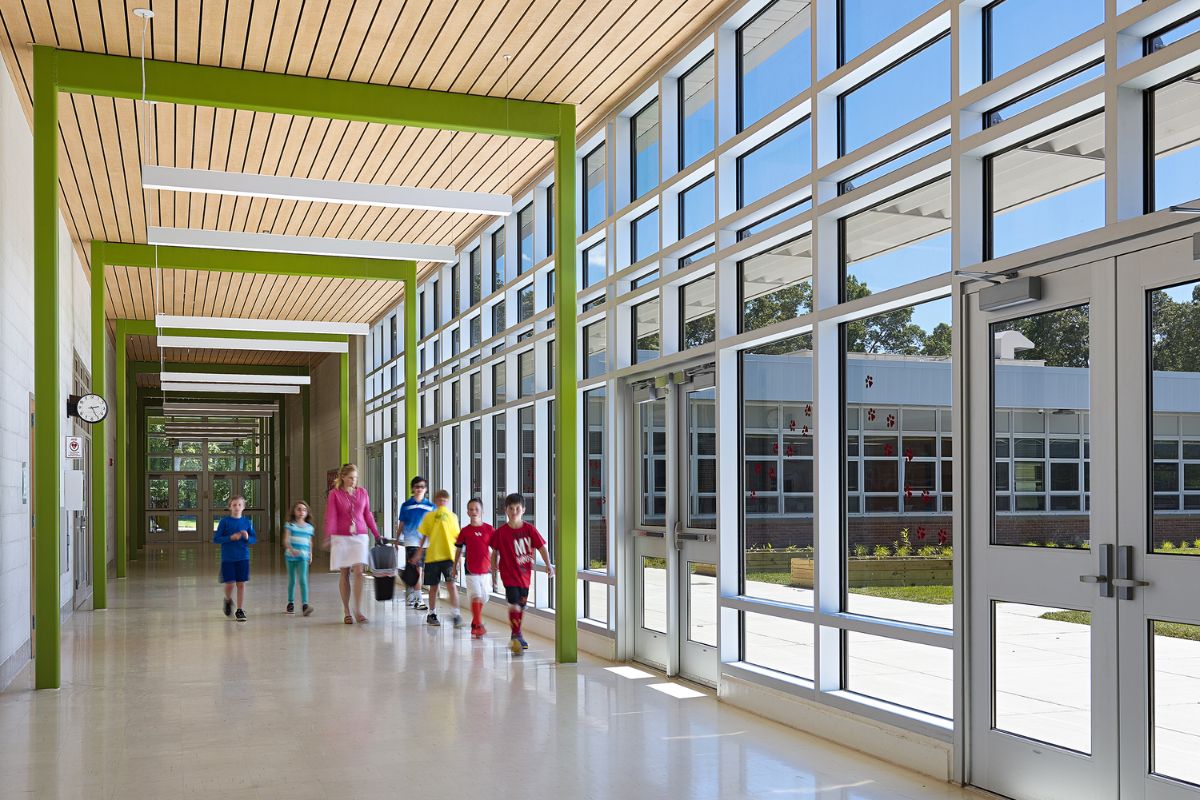As we step into the year 2023, the student housing industry finds itself in a position of strength, displaying promising signs of growth and stability. After enduring the challenges of 2020 and 2021, which raised concerns about the long-term outlook, the sector has rebounded with vigor.
With the return of in-person classes and extracurricular activities, student housing operators are experiencing renewed enthusiasm.
This research article aims to delve into the key trends shaping the student housing performance outlook for 2023 and beyond, presenting a data-driven analysis of the sector.
Momentum for a Strong 2023 (and Likely 2024)
The academic year of 2022 witnessed unprecedented rent growth and occupancy rates in the student housing market. Market Analytics data reveals that rent growth surpassed 4% throughout the leasing season, with an impressive standalone reading of nearly 7% in August. The momentum has carried into Fall 2023, as pre-lease occupancy through December has reached record levels.
Approximately 38% of all beds have already been leased for the upcoming Fall semester, with some campuses, such as UT-Knoxville, Angelo State University, the University of Arkansas, and the University of Wisconsin – Madison, already surpassing 90% pre-leased for the upcoming year. These statistics suggest that the Fall 2023 leasing season is poised for continued success.
Enrollment Outlook: A Mixed Bag of Results
The recent success of purpose-built off-campus student housing can be attributed to the return of students to campuses. Early indicators indicate that the anticipated enrollment boom post-2020 has materialized, with students resuming their studies after a year away from campus. Additionally, those who opted for a gap year or attended local two-year colleges have also returned, resulting in increased housing demand.
The larger, established Power 5 (or Tier 1) campuses have been the primary beneficiaries of this enrollment boom, even prior to the pandemic. The relaxed admission standards at these institutions have further fueled the surge in applications and accepted enrollments.
However, certain challenges and uncertainties remain. The growth rate of the 18-to-24-year-old cohort has slowed compared to the early 2010s, which could affect overall enrollment levels. Moreover, the pace of international enrollment growth, witnessed in the previous decade, may not be sustained in the 2020s. These factors necessitate careful consideration while assessing the future of student housing.
Construction Trends and Considerations
Since 2019, student housing deliveries have been on a downward trend. Prior to this, the annual average of delivered beds hovered around 50,000, with some fluctuations between the lull of 2010/2011 and the peak of 2014 to 2016.
The pandemic further curtailed new construction projects, resulting in a decline in deliveries in 2021 and 2022. While Fall 2023 is projected to witness a slight increase in new deliveries compared to the previous two years, the anticipated annual total of around 40,000 beds remains well below the norm of the 2010s.
This decline in construction can be viewed as positive for campuses with a high concentration of purpose-built off-campus student housing. However, the balance between available housing and total enrolled students must be carefully managed to ensure optimal performance.
It is crucial to consider not only purpose-built off-campus beds but also on-campus housing and the "shadow market" comprising conventional multifamily housing, single-family rentals, and Greek Life residences. The interplay between these factors will shape student housing occupancy rates in the coming years.
On-Campus Housing: A Threat, Complement, or Non-Factor?
On-campus housing serves a specific niche need due to existing on-campus living requirements at most universities. While on-campus housing can complement off-campus options, it also poses a potential threat. Public/private partnership (P3) developments with enhanced amenities can attract demand away from off-campus housing.
Moreover, adjustments made by university administrators to on-campus living requirements can significantly impact the demand for off-campus housing. The emergence of additional on-campus housing through P3 relationships may exert further pressure on the student housing market.
Conclusion
The student housing industry enters 2023 with a renewed sense of optimism and growth potential. The strong momentum experienced in 2022 is expected to continue into 2023, providing a favorable outlook for the sector.





